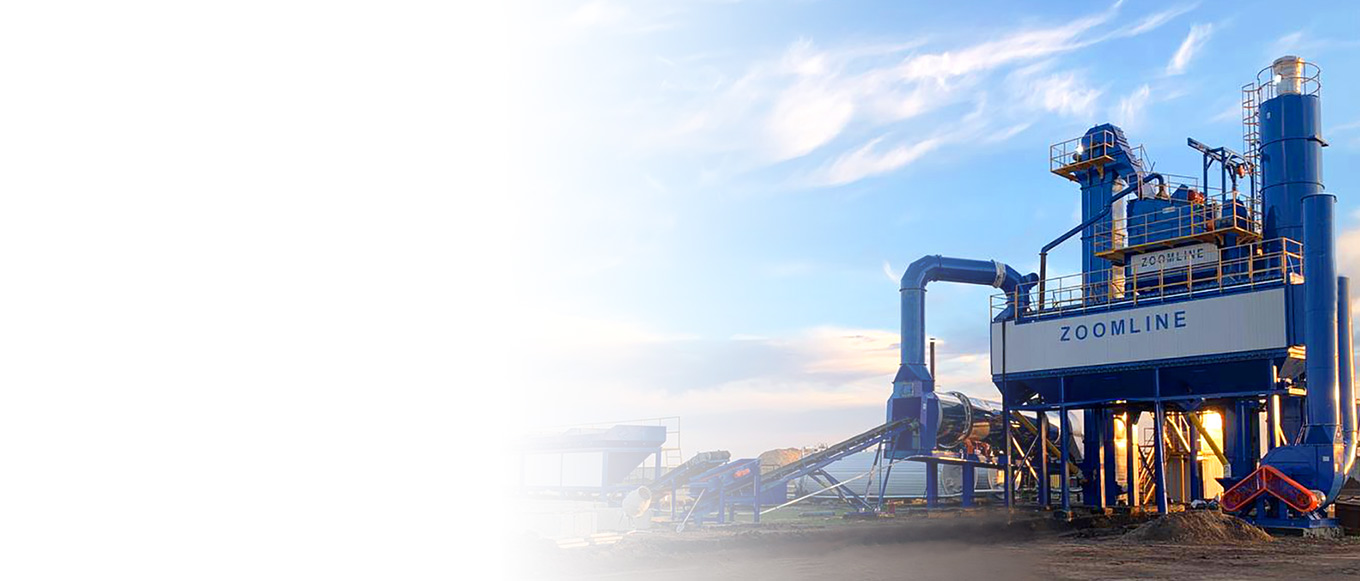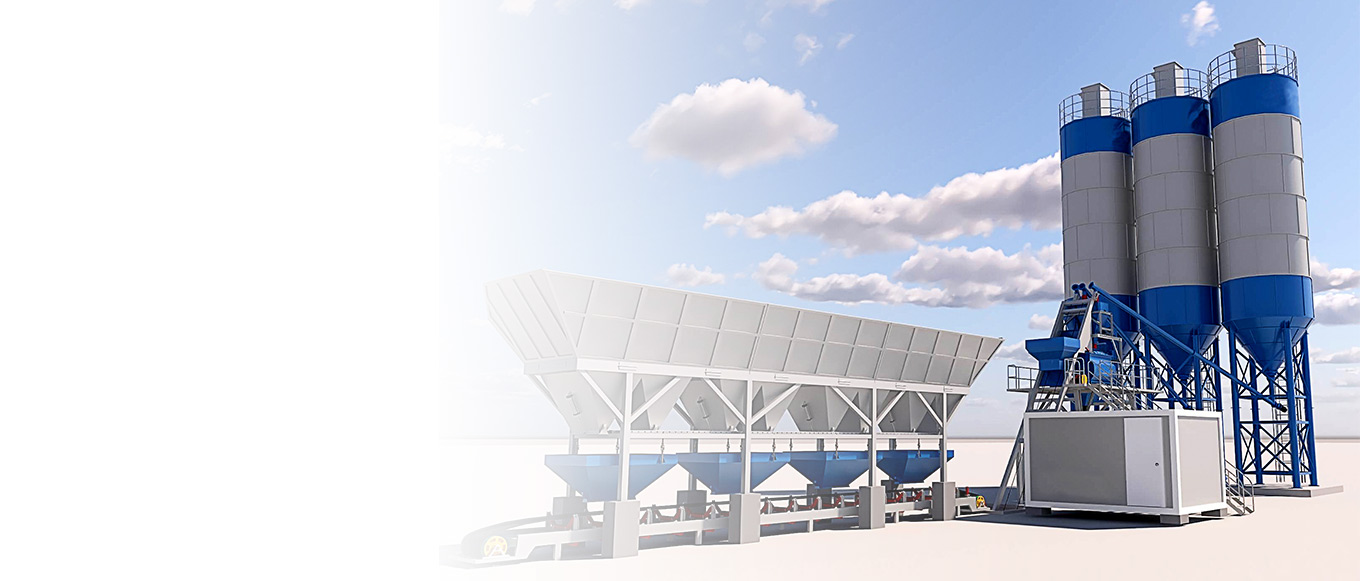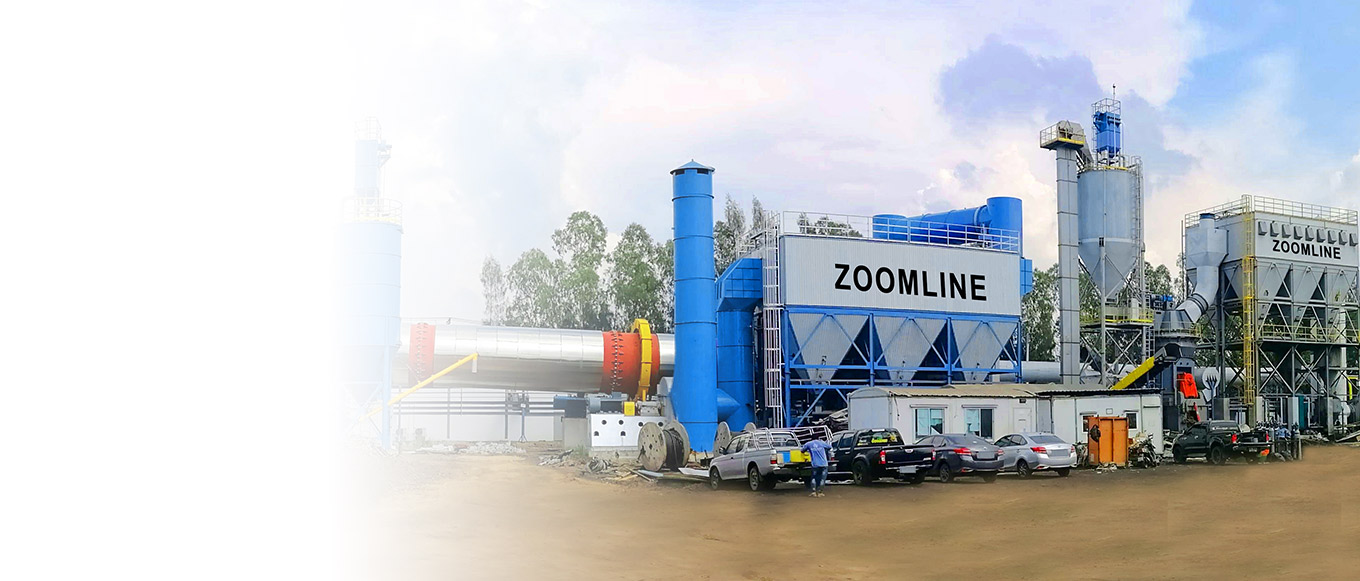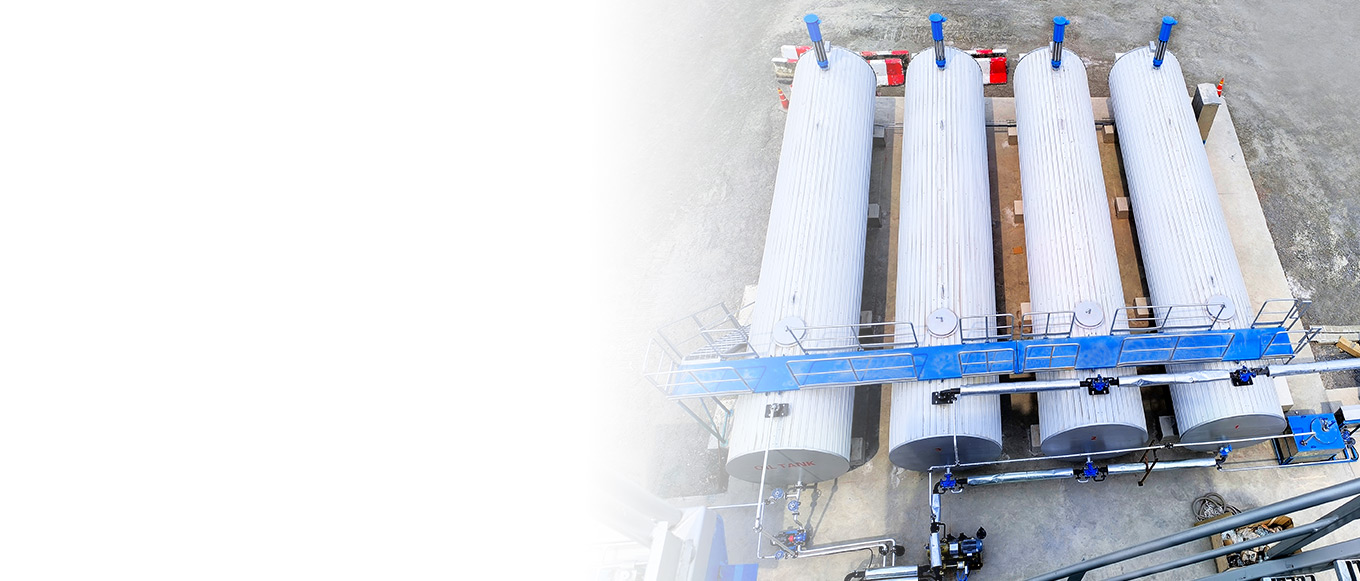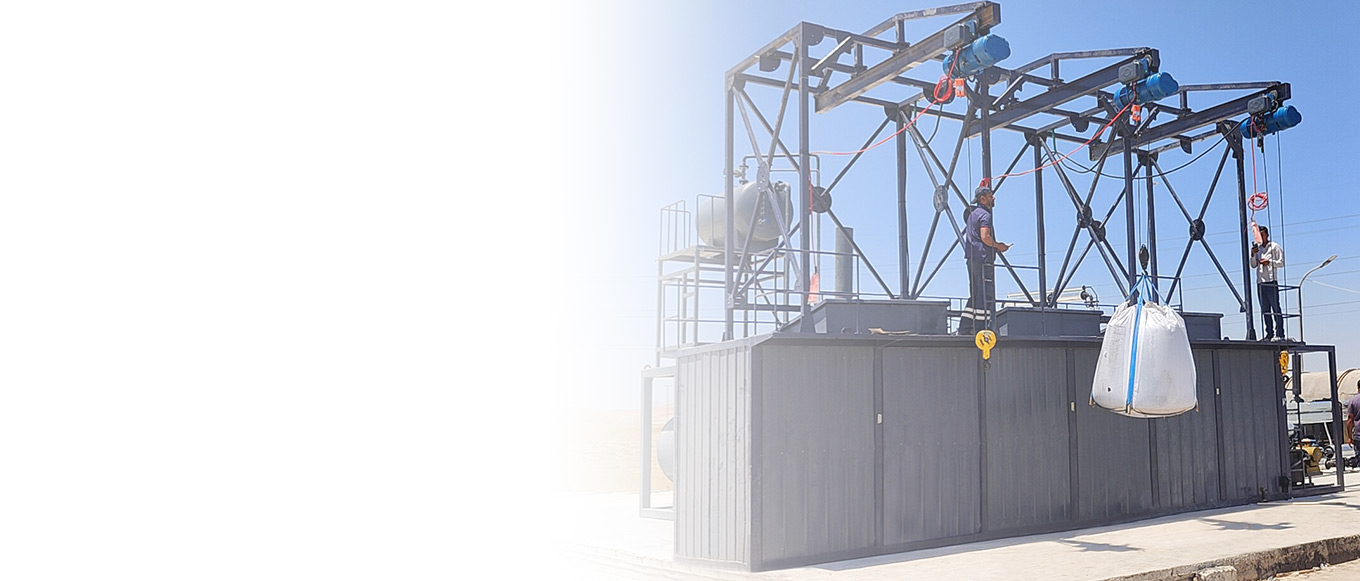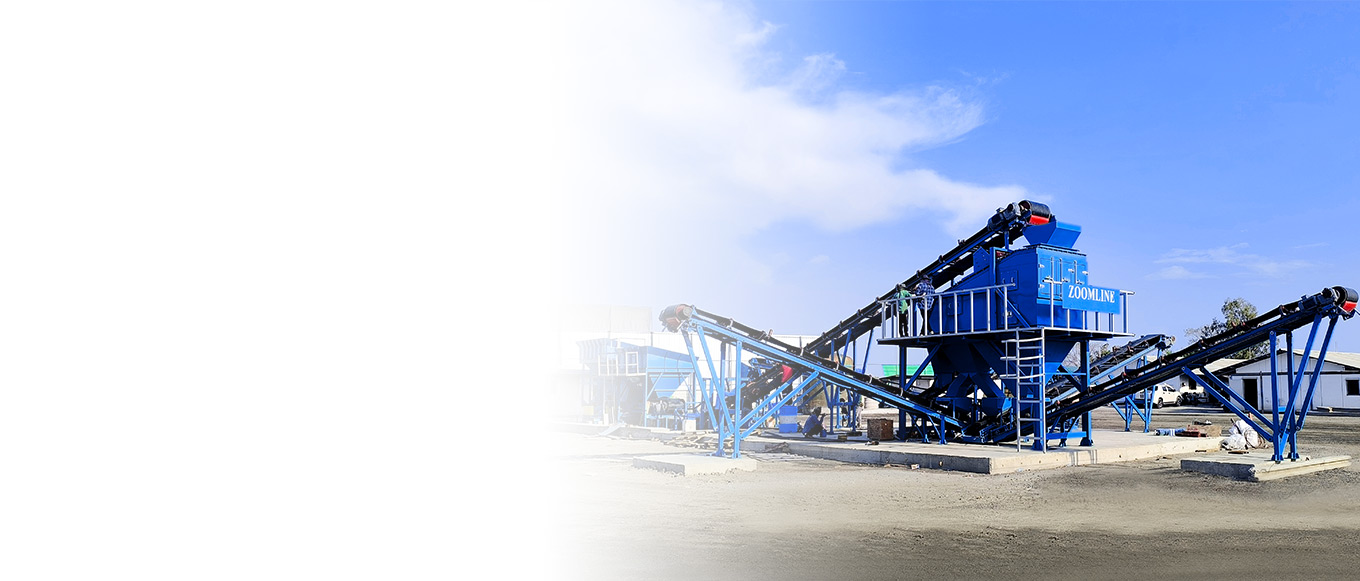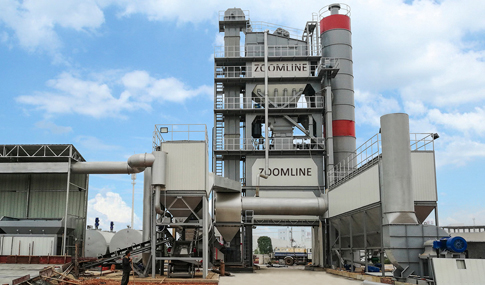In the production process of asphalt mixing plants, burners serve as the “core power source,” with their performance directly determining the production efficiency, quality stability, and environmental compliance of asphalt mixtures. This article systematically categorizes the primary types of burners used in asphalt mixing plants, thoroughly analyzes the advantages, disadvantages, and suitable applications of each type, and provides scientific selection recommendations and maintenance techniques. It aims to assist industry practitioners in optimizing equipment configuration to achieve the dual objectives of cost reduction, efficiency enhancement, and green production.
Burner: The “Heart” Component of an Asphalt Mixing Plant
The core function of an asphalt mixing plant is to dry and heat aggregate materials to a specific temperature (typically 160-190°C), then combine them with asphalt to form a uniform mixture. During this process, the burner generates high-temperature thermal energy through fuel combustion, providing continuous and stable heat to the drying drum and heating system. It is the critical equipment ensuring uninterrupted production.
The burner’s performance impacts the mixing plant primarily in three dimensions:
Production Efficiency: A high-efficiency burner rapidly elevates aggregate temperature and shortens heating cycles. This directly increases the plant’s hourly output, especially during large-scale project rushes.
Mix Quality: Unstable burner heating (e.g., excessive temperature fluctuations or localized overheating) can cause uneven aggregate drying and asphalt aging, ultimately compromising pavement strength and durability.
Cost and Environmental Compliance: Fuel consumption by burners accounts for over 60% of a mixing plant’s total energy usage, making their combustion efficiency a direct determinant of operational costs. Simultaneously, emissions of pollutants like NOx, particulate matter, and sulfides must comply with national and local environmental regulations. Failure to meet these standards risks production shutdowns for rectification.
Therefore, selecting the appropriate burner type is a core element in both the initial equipment configuration and subsequent operational optimization of asphalt mixing plants.

Six Core Types of Asphalt Mixing Plant Burners
Based on differences in fuel type, design structure, and technical principles, the mainstream asphalt mixing plant burners currently available on the market can be categorized into six major types. Each category possesses distinct characteristics in terms of economy, environmental performance, and operational complexity, making them suitable for different application scenarios.
Diesel Burners: The Most Widely Used “Basic Model”
Powered by light diesel fuel, diesel burners are favored for small-to-medium mixing plants and temporary projects due to their ease of operation and rapid startup.
Core Advantages:
High combustion stability and ignition success rate; no complex pretreatment required; reaches rated heating capacity within 10-15 minutes after startup;
Convenient fuel storage (using standard tanks); no geographical restrictions, particularly suitable for remote mountainous areas or project sites without natural gas pipeline coverage;
Simple equipment structure; low daily maintenance difficulty; easy troubleshooting for rapid production recovery.
Key Limitations:
Higher fuel costs, resulting in significantly higher long-term operating expenses compared to heavy oil or coal burners;
Higher NOx emissions during combustion, requiring additional denitrification equipment in regions with stringent environmental regulations (e.g., areas surrounding first-tier cities).
Heavy Oil Burners: The Cost-Effective Choice for Low-Cost Operations
Heavy oil burners utilize low-cost heavy fuel oil (e.g., 200#, 380# fuel oil) as feedstock, emphasizing cost-effectiveness. They are widely adopted in large-scale mixing plants and long-term fixed production bases.
Core Advantages:
Fuel procurement costs are only 50%-70% of diesel, saving hundreds of thousands of yuan annually in energy expenses for plants consuming over 1,000 tons of oil per year;
High heating capacity suits large 100-400t/h mixing plants, meeting intensive continuous production demands.
Key Limitations:
High-viscosity fuel requires electric or steam preheating to 80-120°C for atomization, necessitating 30-60 minutes preheating before startup—unsuitable for rapid production response;
High fuel impurity content prone to clogging nozzles and pipelines, necessitating regular filter and combustion chamber cleaning—maintenance frequency is 2-3 times that of diesel burners;
Generates significant ash and sulfur compounds post-combustion, requiring efficient dust removal and desulfurization equipment, resulting in higher initial environmental investment.
Gas Burners: Environmental Pioneers in Clean Production
Powered by natural gas or liquefied petroleum gas (LPG), gas burners have become the mainstream choice in regions with tightening environmental policies due to their low emissions and high efficiency. They are categorized into pipeline natural gas types and LNG tank types.
Core Advantages:
Clean combustion process: NOx emissions are only one-third of diesel burners, with near-zero dust and sulfide emissions, directly meeting “ultra-low emission” requirements;
High thermal efficiency (up to 92%+), saving 15%-20% energy compared to diesel burners, while eliminating black smoke and odors to improve workshop environments;
Eliminates frequent nozzle and fuel tank cleaning, reducing routine maintenance by 50%.
Key Limitations:
Requires access to natural gas pipeline networks. Projects without pipeline access must install LNG storage tanks (costing approximately ¥200,000–500,000) and regularly replenish fuel supplies;
Gas is flammable and explosive, necessitating leak detection and explosion-proof devices, resulting in higher safety protection costs.
Dual-Fuel Burners: The “Jack-of-All-Trades” for Fuel Fluctuations
Dual-fuel burners flexibly switch between two fuels (e.g., “diesel + natural gas,” “heavy oil + natural gas”). Their intelligent control systems automatically adjust based on fuel prices and supply conditions, adapting to complex production environments.
Core Advantages:
Strong fuel adaptability—e.g., switching to diesel during natural gas shortages prevents production halts and reduces operational risks;
Balances economics and environmental compliance—uses low-cost fuels (e.g., heavy oil) during peak seasons to maintain output, while employing clean fuels (e.g., natural gas) during off-peak periods to reduce emissions, balancing costs and regulatory requirements;
Single unit supports multiple fuels, eliminating the need for additional burners and reducing equipment investment.
Key Limitations:
Complex structure (requires dual fuel supply systems), with initial procurement costs 30%-50% higher than single-fuel burners;
Fuel ratio switching demands precise control, requiring high control system stability and regular sensor calibration.
Pulverized Coal Burners: Regionally Tailored “Cost Optimization Solutions”
Pulverized coal burners utilize pulverized coal as fuel, predominantly deployed in coal-rich regions (e.g., North China, Northwest China) to achieve extreme fuel cost control.
Core Advantages:
Extremely low fuel costs—pulverized coal procurement costs only 1/4 that of diesel and 1/2 that of heavy oil. Ideal for large mixing plants with annual fuel consumption exceeding 5,000 tons, offering significant long-term operational cost advantages;
High and stable heat output, capable of meeting continuous production demands for ultra-large mixing plants exceeding 400 t/h.
Key Limitations:
High dust emissions necessitate high-efficiency baghouse dust collectors (≥99.9% filtration efficiency). Coal powder storage requires enclosed warehouses to prevent airborne dust pollution.
Complex maintenance: Coal powder is prone to moisture absorption and caking, demanding regular cleaning of grinding systems and conveying pipelines. Burner nozzles suffer high wear rates requiring frequent replacement.
Difficult ignition requires a diesel ignition system, with cumbersome startup procedures unsuitable for small-to-medium projects with frequent start-stop cycles.
Biomass Burners: An “Emerging Choice” for Green Transition
Biomass burners utilize renewable biomass pellets such as straw, wood chips, and palm shells as fuel. Driven by recent environmental policies, they represent an emerging technology emphasizing the “zero-carbon emissions” concept.
Core Advantages:
Fuels are renewable resources; post-combustion CO₂ emissions achieve “carbon cycling” (as plants absorb CO₂ during growth), aligning with “dual carbon” goals and qualifying for environmental subsidies in some regions;
Lower fuel costs than diesel with zero sulfur emissions, reducing desulfurization equipment investment.
Key Limitations:
Biomass fuel supply is geographically constrained (e.g., agricultural or forestry regions), leading to procurement challenges and high transportation costs in some areas;
Lower calorific value (approximately half that of diesel), requiring larger burner sizes to meet heating demands, resulting in bulkier equipment;
Regular ash removal is necessary post-combustion, and coking tendencies necessitate specialized combustion chamber designs (e.g., high-temperature resistant linings).

Three Major Technological Advancements in Modern Burners
Driven by increasing demands for intelligent and eco-friendly solutions, the new generation of asphalt mixing plant burners has achieved significant breakthroughs in control precision, emission reduction capabilities, and automation levels. These advancements are primarily reflected in the following three aspects:
High-Precision Air-Fuel Ratio Control System
Traditional burners rely on manual adjustment for fuel-to-air ratio, which is prone to “air-fuel imbalance” (e.g., excessive air causing heat loss, insufficient air leading to incomplete combustion). Modern burners employ closed-loop control via servo motors + oxygen sensors to continuously monitor flue gas oxygen levels. This automatically adjusts damper openings and fuel supply, maintaining the air-fuel ratio within the optimal range (typically 1:12–1:15). This enhances thermal efficiency by 5–8% while reducing CO emissions from incomplete combustion.
Low-NOx Emission Technologies
To meet increasingly stringent NOx emission standards (some regions require ≤50mg/m³), modern burners employ two core technologies:
Staged Combustion Technology: Combusting fuel in sequential stages lowers flame center temperatures (NOx formation correlates positively with temperature), reducing NOx emissions by 30%-40%.
Flue Gas Recirculation (FGR) Technology: Recirculates a portion of low-temperature flue gas back into the combustion chamber to dilute oxygen concentration and lower combustion temperature, further controlling NOx emissions below 50mg/m³ to meet ultra-low emission requirements.
Intelligent Monitoring and Remote Operations
The new-generation burner incorporates an Internet of Things (IoT) module that collects real-time data on fuel consumption, outlet temperature, flue gas composition, and equipment status, uploading it to a cloud platform. Users can access the following via mobile app or computer:
Remote Monitoring: View burner operating parameters in real time with automatic alerts for anomalies (e.g., temperature overshoot, fuel leakage);
Energy consumption analysis: Automatically calculates daily and monthly fuel consumption, generates energy consumption curves to assist in optimizing production schedules;
Remote maintenance: Manufacturer engineers can perform cloud-based remote diagnostics to reduce on-site repair time and minimize downtime losses.
How to Select the “Optimal Burner” for Your Asphalt Mixing Plant?
Burner selection requires comprehensive consideration of four key factors: fuel availability, environmental requirements, production scale, and operational costs. Avoid a one-size-fits-all approach. Below are specific selection steps and reference criteria:
Analysis of Core Selection Factors
Fuel Availability and Cost:
Prioritize locally abundant fuels with stable pricing (e.g., gas burners in pipeline-connected areas, pulverized coal burners in coal-producing regions); Calculate the “fuel cost payback period”: For instance, if a dual-fuel burner costs ¥100,000 more than a diesel burner but saves ¥50,000 annually in fuel expenses, the price difference recoups in 2 years, making it more economical long-term.
Local Environmental Regulations:
Strictly regulated regions (e.g., Beijing-Tianjin-Hebei, Yangtze River Delta): Prioritize gas burners or dual-fuel burners with low-NOx retrofits to avoid additional investment in post-installation denitrification equipment; Remote areas: Diesel or heavy oil burners may be selected, but reserve space for future environmental upgrades (e.g., installation location for denitrification equipment).
Batching Plant Capacity & Production Model:
Small plants (≤80 t/h), temporary projects: Select diesel burners (fast startup, simple maintenance); Large plants (≥200 t/h), long-term fixed projects: Select heavy oil, gas, or dual-fuel burners (meet high-capacity, low-cost demands);
Intermittent production (e.g., sporadic municipal projects): Avoid heavy oil or pulverized coal burners requiring prolonged preheating to reduce standby energy consumption.
Maintenance Capability and Cost:
If the plant lacks specialized maintenance personnel: Select structurally simple diesel or gas burners; If equipped with a comprehensive maintenance team: Heavy oil or pulverized coal burners may be chosen, with refined maintenance reducing failure risks.
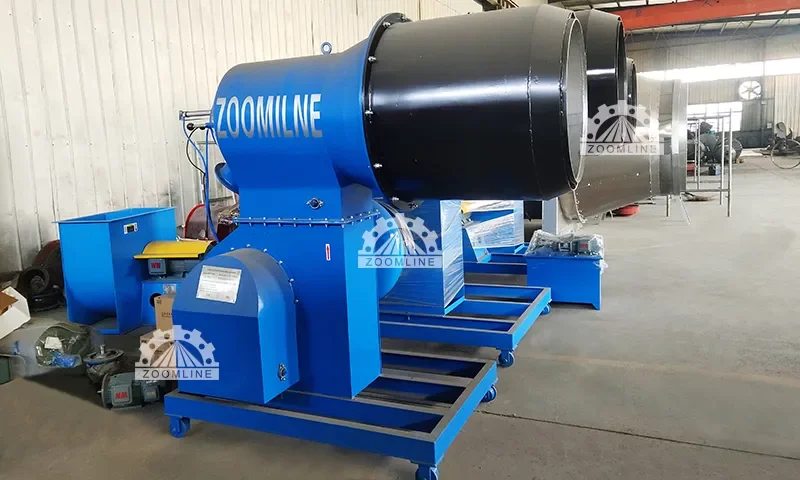
Efficient Burner Operation and Maintenance: Key to Extending Lifespan and Reducing Energy Consumption
Even with a properly matched burner, inadequate maintenance can lead to decreased efficiency and frequent malfunctions. Below are core maintenance recommendations:
Regular Cleaning and Calibration
Weekly Inspection: Clean carbon deposits from burner nozzles and dust from air dampers to prevent clogging that impairs atomization; inspect fuel filters and promptly replace filter elements (especially for heavy oil and pulverized coal burners).
Monthly Calibration: Calibrate the air-fuel ratio control system and temperature sensors using professional equipment to ensure heating accuracy; inspect ignition electrode gaps (typically 3-5mm) to prevent ignition failures.
Quarterly Deep Maintenance: Disassemble the combustion chamber to remove internal carbon deposits and ash; inspect fan impeller wear and replace seals as needed.
Fuel Quality Control
Store diesel and heavy oil in clean, dry tanks. Regularly (every 3 months) remove moisture and impurities from tank bottoms.
Install dryers for natural gas to prevent moisture ingress causing pipeline corrosion.
Control moisture content (≤15%) in pulverized coal and biomass pellets to avoid clogging conveyance lines due to dampness and caking.
Operational Status Monitoring
Continuously monitor flue gas temperature (normal range: 200-280°C). Abnormal temperature spikes may indicate combustion chamber coking or air-fuel ratio imbalance, requiring immediate shutdown for inspection.
Track the ratio of fuel consumption to output (i.e., “specific energy consumption”). Sudden increases may signal reduced burner efficiency, necessitating troubleshooting.
Conclusion: Optimal Selection Delivers Long-Term Value
There is no “best type” of burner for asphalt mixing plants—only the “best-fit choice.” Diesel burners offer convenience, gas burners provide environmental benefits, dual-fuel burners deliver flexibility, and pulverized coal burners ensure cost-effectiveness, each addressing core requirements in different scenarios.
In practical selection, adopt a full lifecycle perspective of “short-term investment + long-term operation.” Choose the most suitable burner type by considering local fuel availability, environmental regulations, production scale, and maintenance capabilities. Simultaneously, maximize burner efficiency and lifespan by integrating modern intelligent technologies and establishing standardized maintenance systems. This approach ultimately achieves cost reduction, efficiency gains, and green sustainable operations for asphalt mixing plants.
Looking ahead, as biomass fuel technologies mature and carbon capture technologies gain traction, burners will evolve toward “cleaner, smarter, and more energy-efficient” designs. This advancement will provide core momentum for the low-carbon transformation of the asphalt pavement industry.

